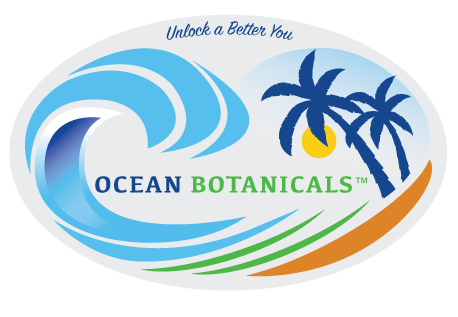
Seamoss, also known as Irish moss or Chondrus crispus, has gained popularity as a nutrient-rich superfood with potential health benefits. As parents seek nutritious options for their children, it's natural to wonder if Seamoss is suitable for kids. In this article, we'll explore whether kids can eat Seamoss, examining its potential benefits and important considerations for their consumption.
Can Kids Eat Seamoss?
- Nutritional Benefits for Children:
Seamoss is rich in essential nutrients that are beneficial for growing children. It contains vitamins, minerals, amino acids, and trace elements such as iodine, calcium, magnesium, iron, and vitamins A, C, and E. These nutrients play vital roles in supporting children's overall growth, development, and immune function.
- Potential Health Benefits:
While scientific research on Seamoss's specific benefits for children is limited, some potential advantages can be extrapolated from its nutritional profile. These may include:
a. Immune Support: Seamoss contains vitamins and minerals that support a healthy immune system, which is especially important for children.
b. Nutrient Absorption: The wide range of nutrients in Seamoss may enhance nutrient absorption and utilization, aiding in overall growth and development.
c. Gut Health: Seamoss contains prebiotic fibers that can promote a healthy gut microbiome, supporting digestion and potentially benefiting children's digestive health.
- Considerations for Children's Consumption:
When introducing Seamoss to children, it's crucial to consider the following:
a. Age Appropriateness: Seamoss is not recommended for infants under one year old, as their digestive systems are still developing. Consult with a pediatrician before introducing Seamoss to young children.
b. Allergies and Sensitivities: As with any new food, monitor for any allergic reactions or sensitivities when introducing Seamoss to children. Start with small quantities and observe for any adverse reactions.
c. Texture and Preparation: Seamoss has a gelatinous texture, which may not be appealing to all children. Experiment with different preparations, such as blending it into smoothies or incorporating it into recipes, to make it more palatable for kids.
d. Moderation: Like any food, Seamoss should be consumed in moderation as part of a balanced diet. It should not replace a varied diet that includes a wide range of fruits, vegetables, whole grains, and other nutrient-rich foods.
Seamoss can offer potential nutritional benefits for children, thanks to its rich nutrient profile. While scientific research specifically focusing on children's consumption is limited, Seamoss's overall nutritional content suggests potential advantages for their growth and development. However, it's crucial to consider age appropriateness, potential allergies or sensitivities, texture preferences, and ensure moderation in consumption.
Please note that this article provides general information and is not a substitute for professional medical advice.
References:
- Wang, T. et al. (2020). Seaweeds from the coastlines as a functional food: Present status and future perspectives. Food Science and Human Wellness, 9(4), 272-283.
- Burtin, P. (2003). Nutritional value of seaweeds. Electronic Journal of Environmental, Agricultural and Food Chemistry, 2(4), 498-503.
